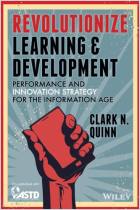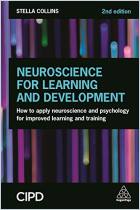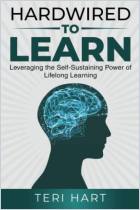Rejoignez getAbstract pour lire le résumé !

Rejoignez getAbstract pour lire le résumé !
Clark N. Quinn
Learning Science for Instructional Designers
From Cognition to Application
ATD, 2021
Aperçu
A concise and practical guide to evidence-based learning design, ideal for instructional designers.
Recommendation
By concisely summarizing vital learning-science principles, learning technology expert Clark Quinn provides a guide for instructional design strategies. With a basis on insights into known and effective design research and practices, this guide is ideal for new – and perhaps intermediate-level – instructional designers. Quinn takes care to provide examples of both effective (and less effective) instructional designs. He provides detailed guidelines on how to separate hype and myth from valid, evidence-based learning science. Quinn advocates for instructional design practices that emphasize learning by doing.
Summary
About the Author
Clark Quinn is a scholar in learning technology. He is the executive director of Quinnovation, an independent learning experience design strategy consultancy that helps organizations “work smarter.”






















Comment on this summary